- Visa to Australia - costs about 150 c.u. to apply. It takes six months to be processed. During wartime an exception for Ukrainians - visas are processed in 1-5 days. To get a visa the main tacit requirement is "money in the account". And not just a monthly income, namely the amount that is in the account. But after getting the visa you can easily go to Australia. At the customs no one will ask neither a return ticket, nor insurance, nor cash. You can buy a return ticket whenever you want. Cash is not necessary at all, but insurance is better to do - the prices are very high. The only rule of Australian customs control is not to bring any food, or rather everything should be eaten at the airport before boarding)). At airports in Australia there is a strict inspection for meat, eggs, milk, etc.. There are fines for violations. All passengers are selectively screened by humans, x-ray or dog! Visa in Australia is electronic, no one will put stamps in your passport.
- Vaccinations are not required in Australia. Neither PCR nor vaccination is required.
- The currency in Australia is the Australian dollar: 1 Australian dollar = 0.67 US dollars. From now on we will use the currency unit because of the similarity of the exchange rate.
- Paying by card is the norm in Australia, but in many places you can see "NO CASH"))) In fact, cash is not needed anywhere.
- Tap water in Australia is potable. There is no need to buy bottled or boil it before drinking.
- The sun is very bright! You definitely need sunglasses with UV protection and a polarizing filter to be outside. The best brands are Ray Ban and Polaroid. The sun gives illumination of white cool tones. There is no time for twilight. The sun goes down and in 15 minutes it's 100% night. Clothing should be all as closed as possible, and the open areas of the body is better to apply a spf cream. A hat with large brim should be worn on your head. To read more about UV levels in Australia, visit http://www.bom.gov.au/uv/index.shtml.
- The working day in Australia for many begins at 7-8 am, and as a result after 18 nothing works. The first week of stay in Australia, do not count on a rich cultural program, otherwise most of the sights you see simply in "koala mode". Because of the long flight from Europe (20 hours of pure flight time) the daylight hours will change and your biorhythms will remain the same! Also, because of the daylight hours, all attractions are open until 16-17 hours, though they open at 7-8 hours))
- Adaptor / plug for Euro - it will not be easy to find it here, but it's really needed...after the flight all the phones and paverbanks are discharged) In stores mostly sell adapters for those who travel to Europe, not vice versa) Adapter for people coming from Europe to Australia looks like this - photo below.
- Transport in Australia is well developed public transport. Buses, trains/trains and streetcars run on a minute-by-minute basis. In the application you can track their trajectory (GPS tracking) and the time of arrival up to 1 minute... The roads are left-handed and the cars are right-handed. The highways are not congested and there are no traffic jams. There are a lot of big cars in the country, especially pickup trucks. New and old cars are 50% * 50%. All public transportation runs almost empty - really a couple of people in the cabin or carriage. There is even free public transportation in the country! In Brisbane there are two rings of buses around Business city (CityLoop and SpringHillLoop, also no queues) and one ferry that connects Business city center and main promenade South bank (CityHopper - runs every half hour, no queues) as well as other 6 stops)) Read more on Brisbane's website at https://www.brisbane.qld.gov.au. The free ferry is no different than the paid ferry - speed and comfort are the same, the number of people is equally small on both. Is only that the paid ferry range is slightly longer, and runs more often) To use public transportation in Australia you must always learn a city map, know the routes of vehicles and have clear information where you need) GPS and application Transllink (on the phone application MyTranslink or through the site https://translink.com.au) will help you sit and change to the right transport to get to your destination quickly. Google will also show you the route with the necessary means of transportation and the time of the trip - just ask for point A and point B of the route. Pay attention to the number of the bus / train and the departure platform, remembering that the traffic is left-handed. Moreover, Google and more specifically the Translink app calculates the travel time, taking into account transfers and even the time you spend crossing between stations. Using public transportation in Australia - it's like a game of MLM) In Sydney, if for the week drove 50 c.u., then until the end of the week the ride is free, if you change from transport to transport within an hour, a discount of 2 c.u., and so on.
| Parameters for comparison |
Brisbane | Sydney | Melbourne |
| card for payment in transport | GO CARD |
|
myki |
| the cost of the transport card and where you can buy it | 10 у.е., at major stations |
|
6 у.е., Ezy Mart и 7-Eleven |
| How to recharge a transport card | online through the application, linking to your bank card, where the balance will return later | online through the application, linking to your bank card, but the money is not returned | recharge at stops in special recharges with a bank card or in places of purchase, the money is not refundable |
| free transport in the city center | two CityLoop and SpringHillLoop buses, CityHopper ferry | no | Free tram zone - streetcar stops are marked with green stickers |
| modes of transport in the city | train, bus is the main mode of transport, the ferry is a frequent mode of transport | train, light tram (essentially a tram), bus is the main mode of transport, ferry is a frequent mode of transport | train, streetcar - the main mode of transport, bus, ferry |
| How to use public transport | buses - waving to the driver to board, pressing the stop button before the desired stop in advance | buses - waving to the driver to board, pressing the stop button before the desired stop in advance | buses and streetcars - wave to the driver to board, press the stop button before the desired stop in advance |
| travel discounts | Weekday pass 15 dollar, weekend pass 3 dollar, exception airport - 20 dollar | on weekends, not during rush hour, after 8 trips from Monday to Sunday, within an hour there is no charge for transfers, except for the airport - 20 у.е. | The first 2 hours are 4 dollar with no transfer fees; from Avalon Airport it's 24 dollar on Sky Bus (skybus.com.au) |
| city transport company sites | https://translink.com.au | https://transportnsw.info | https://www.ptv.vic.gov.au |
- Paying for travel in Australia is cheaper by card. The carrier in Brisbane Translink and payment is a GO CARD. You can buy it at the ticket office of transport stations for 10 c.u. Then you need to transfer money to it, you can do it online by linking it to your bank card. You can also pay with a paper ticket, but it will cost twice as much. This type is designed for occasional, one-time travel, or for "uninformed tourists". The card is scanned at the beginning and at the end of the trip. Each city has its own fixed amount "season ticket for the day". For example, in Brisbane, having ridden 15 c.u. for the day, then you will ride, and you will not be charged, and on Sunday - this figure is 3 c.u. Public transportation is convenient and not expensive. A 1.5 to 2 hour drive from Brisbane to the Gold Coast will come out to about 12 c.u. per person. Cabs are quite expensive, although there is an Uber. From Brisbane airport to downtown you can pay anywhere from 50 to 80 c.u., and by train it's 20 c.u. per person. Note, the fare from the airport in all Australian cities is inflated by public transport. So, for example, in Sydney, if you walk 20 minutes to the next stop, the fare to the center will cost about 4 c.u. instead of 20!!!! There are free bass shuttles to the airport from some major shopping malls altogether... Sydney is a more progressive city and here you can pay your fare with a regular bank card!!! At the beginning of the route, the card is locked at the maximum range of that route, after you scan the card at the exit, the amount will be deducted exactly for the section you have traveled. Also, the old Opal card system is still in effect in the city. The Opal card is free, but you can't get the money back. You can buy the card at newsstands or stores like EzyMart and 7-Eleven. You can find the places where the cards are sold at https://transportnsw.info/trip#/opal-retailers. That is, it's easier to pay simply with a bank card, but if there are two of you and one bank card, you still need to get an Opal card for the second person. Melbourne public transport is paid with the myki card for 6 c.u., which you can buy at central stations (machine, cashier), at 7-Eleven and other retail stores with the myki logo, as well as from bus drivers (only for cash). The card must be recharged, but you can't get money back from it - you have to calculate how much to recharge. There is a card "local resident - myki Money" and the card passes for a day, which can also be recharged - 15 c.u. per day for all types of transport for an unlimited number of trips. The first two hours of travel cost 4.30 c.u. (no limit on the number of trips and types of public transport). Two hours after the first trip, the full daily cost of 8.60 AUD (6.30 AUD on weekends) is withdrawn as long as you continue to use the transport. The T-shirt card is refilled at the same place where you can buy them. You can only top up through online banking if you have an Australian bank card. There is a Free tram zone in downtown Melbourne - here you can ride for free, even without using your Mikey card. When the streetcar leaves the free zone, you should scan the card inside the streetcar - first in the paid zone and at the end stop.
- How to use public transport in Australia - trains stop at stops, but you have to press a button on the door to open the door (to get in and out). There are trains that stop at all stops and express trains that have a couple of stops along the way. Train stops are announced in advance. The bus, unlike the train, only stops if you wave from the stop or press the "get off" button. But the exit button needs to be pressed just before your stop, so riding a bus requires a GPS tracker of your movement and knowledge of the route, stops... But you can also easily ask the driver to stop at a certain stop and he will definitely tell you where to get off. How to scan a map to pay for public transportation - There are special terminals at train stations, and at small stations they are on the platform. In the bus you need to scan when you enter the bus - there are readers inside and just before the exit. How the fare is controlled is a big question... On the bus, the driver himself can control, as the buses run empty. Controllers inside the trains are nowhere to be found. But here at the entrance and exit, on platforms, sometimes people can stand and see if everyone scans their card. But basically it's all by word of honor and luck) At a large station (eg Roma sreet stantion), you can say that you are just going through the railway station, you will be let through the turnstile without a card, you can safely get on the train and get off at a small station, hoping that there will be no one). The fine for going without paying is about 300 c.u. (that's what the scoreboard at the Gold Coast said). In Sydney and Melbourne, you have to wave at the driver to get the vehicle to stop! To get off, you have to press the stop button inside the vehicle, just like in Brisbane.
- Renting a car in Australia is possible with an international license and will not be cheap. But most importantly, there is a lack of parking around the country. Renting a place for a month for 3000 c.u., you may need to pay for parking 1000 c.u. The parking lots near the attractions are very small (although free) and difficult to access. On the plus side, there are no traffic jams and the roads are almost empty. On the downside, there's left-hand traffic and the roads are jammed with cars, unlike in the cities! Routes in 3-4 lanes always have heavy traffic. You can't even get around on the last lane, everyone drives like "playing chess"...
- People in Australia are extremely polite and attentive. The service staff (drivers, guides, receptionists, cashiers) - 100% will pay attention to learn from you what you need and how to do it right! There is no rush and no one is gnawing for money. A favorite phrase of locals - do not worry! (all in a minute) Nationality of people strongly depends on a city! In Brisbane, the majority of people are Caucasian, a lot of red-haired and freckled people, a strong British accent. In Sydney, it feels like there's only Chinese and Indians living here! That's why the city is so busy and rushed. There are Chinatowns, and lots of Chinese stores and cafes.
- Cleanliness - there is no dust, although there is a breeze or wind)
- The layout of the cities - there is a business center with high-rises, cafes and shopping malls. From the center of the radial diverges cities from the private sector!
- Vegetation and wildlife in Australia is a contrasting country - from 100% desert to 100% jungle. The usual cities of Brisbane, Sydney, Melbourne are Asian vegetation with European infrastructure. The streets here are fragrant with the scent of flowers, as if they were spraying perfume... If you live in a business center, you're unlikely to see any wildlife at all. But if you go for a walk in the park, you'll meet strange birds and huge lizards - dragons)))). If you go to the national parks, it is better not to climb in the bushes) In zoos you can pet a koala, kangaroo, emu etc. In national parks and not only are kangaroos and koalas, but they are rather rare) Well, clearly, that we are talking about developed cities, not the desert, woods or just suburbia)
- Prices in Australia - flight, rent and car - it's all very expensive. Services are also expensive - 100 c.u.) 50 c.u. is the entrance to the park)) Meals are varied, something more expensive, something cheaper. Particularly a lot of exotic fruit is not, but there is a lot of mango and it is 4 times cheaper. Mangoes can be found for 1-2 c.u. (photo below) apiece. Also in Australia you must try Manuka honey, which is not only delicious, but also super healthy! It is produced only in New Zealand and in a small area in Australia.
- Parks - special attention is paid to this. Well, there are a lot of parks. They're not as big and exciting as you'd like, but they're everywhere. It's made that where you live, there's bound to be a park for walking. There are also sure to be several national parks/jungle parks in the suburbs - popularly called the "rain forest."
- Stores and malls are mainly in the business center of the city. The range of goods is quite wide, there are goods from other countries, many from New Zealand.
- Fat women in Australia - this does not apply to the information with practical value, but this fact is very striking and why there is such a trend here is not clear to the end - either the genes of the aborigines, or chips and beer... "The size of people" differs depending on the cities! Brisbane has a large cluster of fat and very fat people, in Sydney, this is not observed!!!
- Prostitution in Australia - maybe because of "fat women", prostitution is legalized in Australia! Here it is safely possible to search in the Internet as a prostitute, and gigalo and for quite accessible money 50 - 100 c.u.
- The seasons of the year in Australia are reversed! December, January and February are summer!!! This is something to keep in mind when planning your trip. However, that's not all, you still need to consider the weather in a particular city in the same month!!! In November in Brisbane - 25-28 degrees, sunny and a little windy, in Sydney - 18-25 degrees, overcast, rain and wind, in Melbourne - 18-20 degrees, clouds, rain and wind... In December, however, the situation will change in Brisbane will begin to heat the sun will begin to showers of tropical afternoon rains, and Sydney will be the ideal place. Melbourne is best traveled in January. Cairns is a good place to go for a couple of days diving in November as it'll be a "sun fryer" with jellyfish in the water and tropical showers/thunderstorms from early December) It's 30 degrees Celsius in November with no rain whatsoever. Summer rains (December, January, February) in Australia often come during the day, they are torrential and accompanied by a brisk wind. Typically for 1-2 hours pours out of the sky a huge amount of water, and then immediately the sun shines. Moving around on the street during the rain is not possible. In Australia there is a concept of dry and wet season. Queensland (Cairns, Briesben, Goldcoast) has a wet season in summer (December, January, February) when it's warm and raining often. Sydney and Melbourne have a wet season in winter which extends into summer... The dry months here are basically the same December, January, February... Sydney is fresh, windy and rainy, but Melbourne is windy and cold) Winds in Queensland are there but hardly ever felt, but Sydney and Melbourne are annoyingly cold all the time(((
- The weather changes throughout the day - the weather depends on the city and time of year, but... A common trend is everywhere is that the weather changes frequently within one hour. Going for a walk in Sydney, you'll need a hat and glasses, a warm sweater, and a raincoat. With these accessories, you will be juggling around in circles during your walk. And if you walk for 2 or more hours, you will definitely need it all) The weather described is specifically in December, i.e. summer)
- Cities of Australia - to form a complete picture of Australia it is necessary to visit the cities of Sydney, Brisbane, Melbourne, Cairns and a couple more) Without this it is impossible... The weather is very different. Brisbane is a warm, comfortable place to live and it's nice to meet a lot of people. Brisbane is warm enough to enjoy the weather, but with a lot of warmth) You can hardly feel the wind here. Cairns - a tropical frying pan, it can be very hot and humid here, but the city feels like a real tropical resort) Sydney - even in summer it can be fresh 18-20 degrees, mostly 25 degrees, which would be quite comfortable... if it weren't for the wind. The wind in Sydney, while not icy or strong, is quite annoying)
- Winemaking in Australia - The local family winemakers have wines more like fruit juice, and sweet wines like syrup. It doesn't even smell of strength (though it was declared in the tasting wines of 13 degrees of alcohol) and special notes. But if you take wine in specialized stores of alcoholic beverages and be sure to take into account the rating vivino.com (not less than 4.0), you can buy really tasty copies in the range of 20-30 evro.
- New Year's Eve in Australia - Since 2014, Sydney is one of the top 5 countries in the world to have a fireworks display on New Year's Eve. But is it worth going here just for the New Year's Eve fireworks? Since the beginning of December, Sydney has already begun mass reservations of places to watch the fireworks. It is not only about restaurants and yachts, but also places, such as the park "Royal Botanical Gardens", which on New Year's Eve, December 31 will be cordoned off and only tickets will be allowed there. The price level can be shocking, for a place in the park you can lay out 200-400 c.u. per person... Of course there are free locations, but people will be standing there like sprats in a jar and taking these standing places they will be from morning - lunch on December 31!!! In the end, the celebration turns into a quest of some kind... The fireworks display takes place near the Sydney Opera House and the Harbor Bridge. The fireworks last from 9 p.m. to 9/30 and then from 00 to 00/30. In between there are all sorts of other shows and entertainment. But at 9 p.m. you have to wait under the open sky, or rather under the scorching sun...with the UV level going off the scale. The second point is the atmosphere of the New Year: the snow, the Christmas trees, the toys, the lights.... There's none of that here! The artificial Christmas trees look disgusting, instead of snow it is 25 degrees but it's not hot... When you hear the Christmas songs, at once you remember your homeland (Think twice, when you go to a warm country for New Year, especially in Australia... You can't swim in the sea in Sydney, you can't go sledging... If you have a lot of money, of course you can celebrate New Year in one of the restaurants with a view of the bridge and the opera theater, all for 1000-1500 $ per person)))) But even with a lot of money the atmosphere of Christmas and New Year will not add up... New Year's Eve fireworks in Sydney 2022 / 2023 lasted 12 minutes (It took us an hour to get to the place and 2 hours to get there! To be honest public transportation in Australia is super advanced. Because with the amount of people that were at the fireworks place, we thought that we would have to get home before morning... In the end, just an hour to get to the train, which run every 4 minutes. The fireworks are ordinary and not worth the effort it took, not to mention the people who shelled out 70 - 1500 c.u. to watch the fireworks from the viewing platforms.
- Australia Permanent Residency - moving here is pretty realistic, but is it worth it? It is necessary to live here for a few months and feel it all by yourself, instead of going around with rose-colored glasses "Australia is the new world". You can even get a permanent residency visa here for studying English! And you can bring your spouse and child on this visa.
rain in Australia
Countries
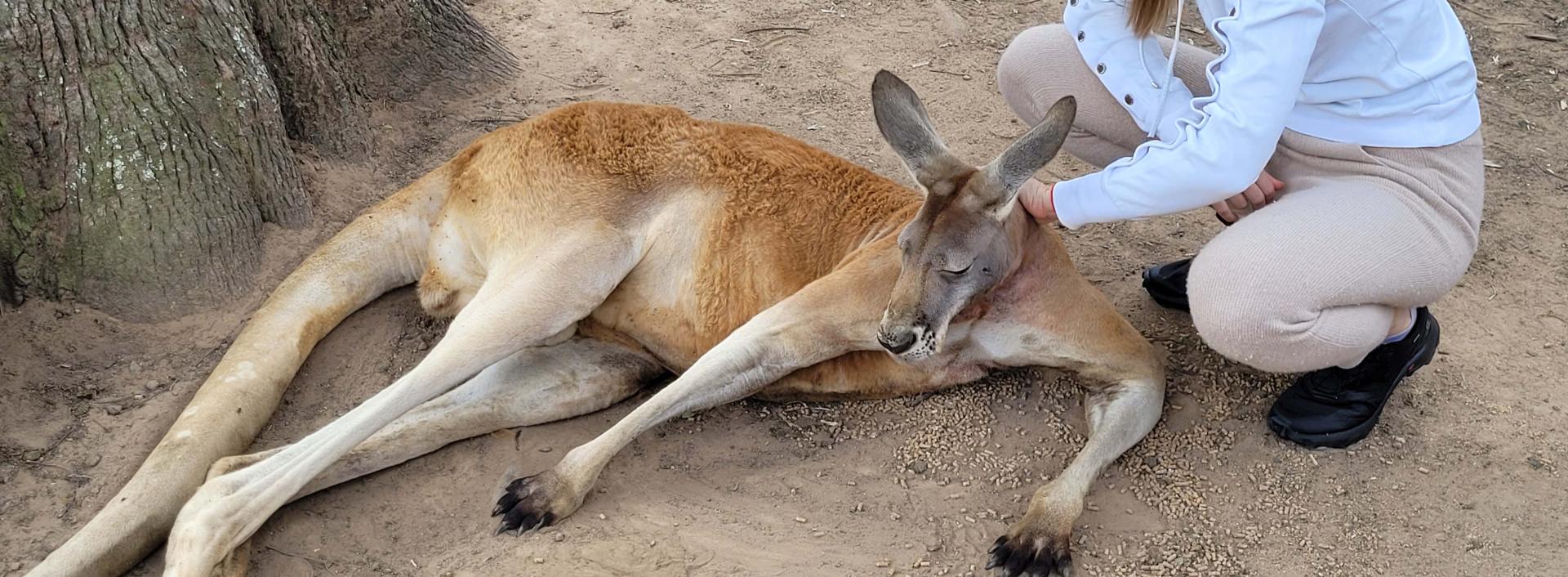



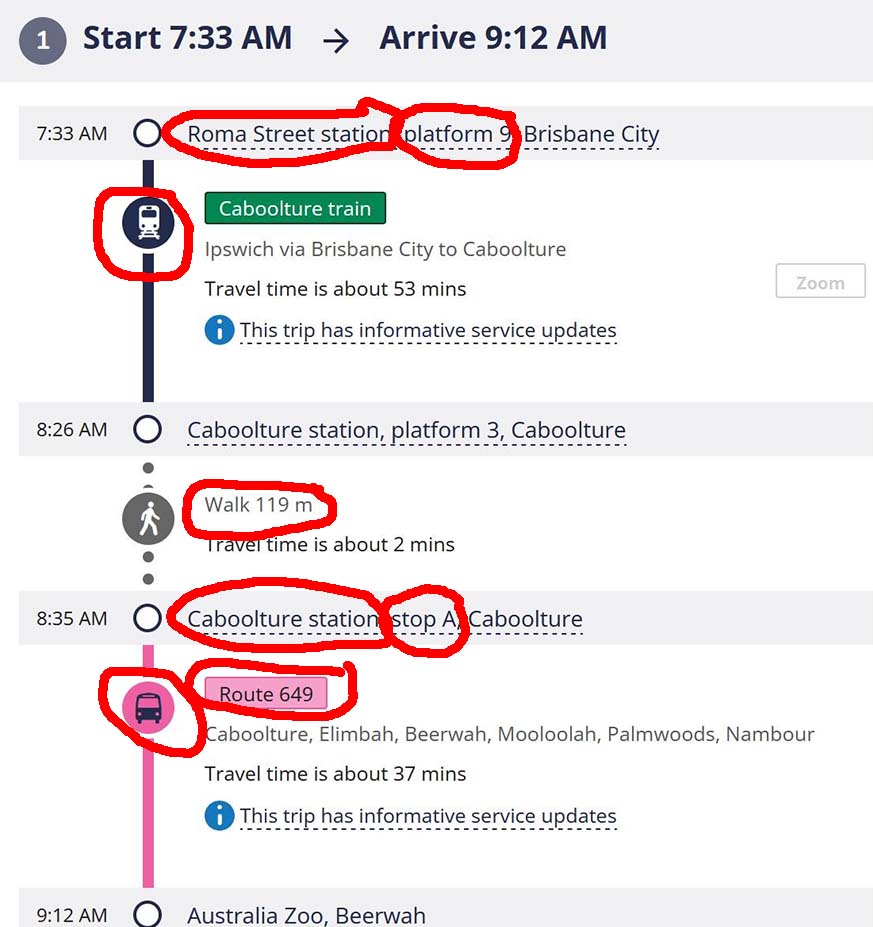
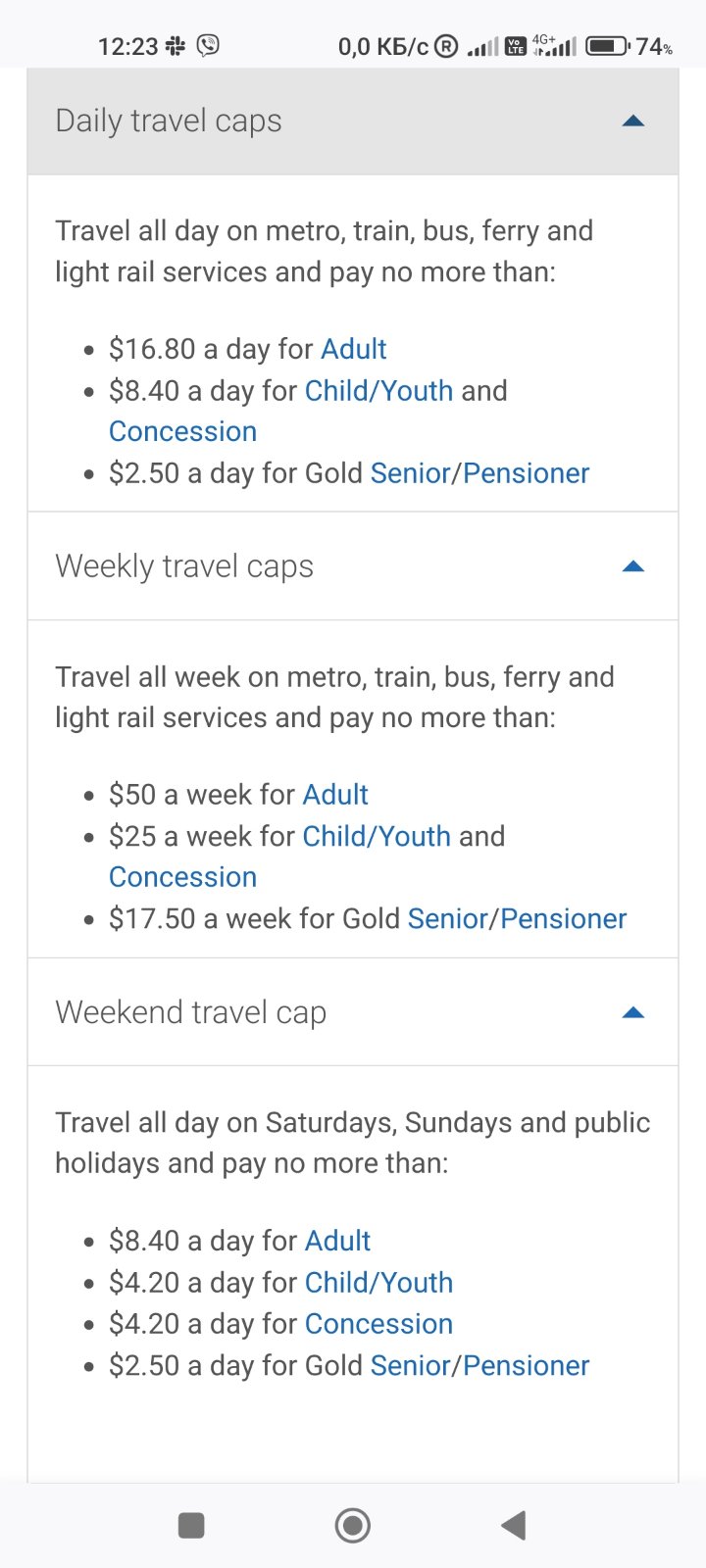
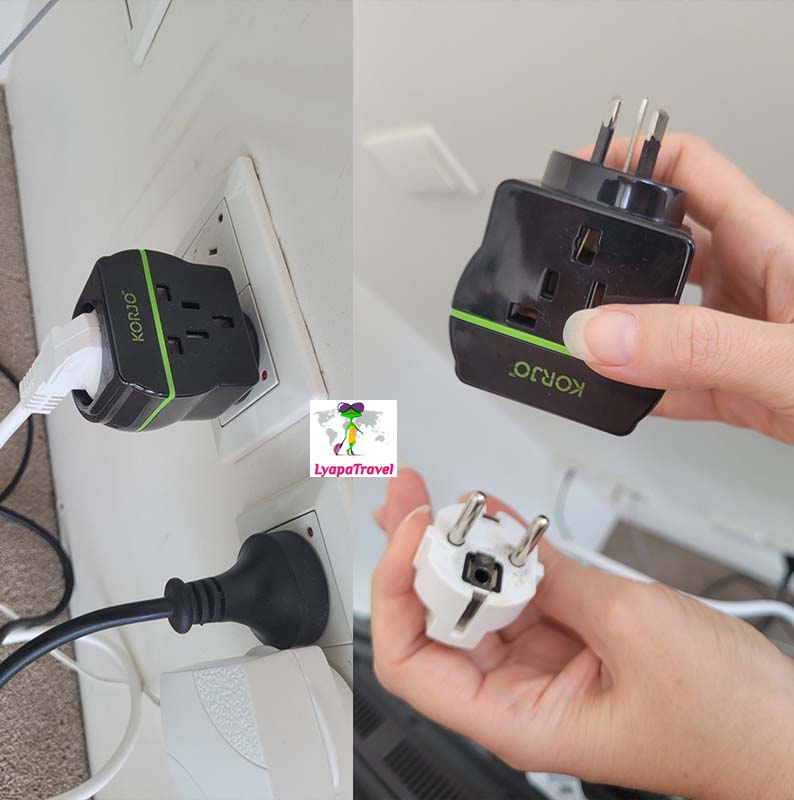


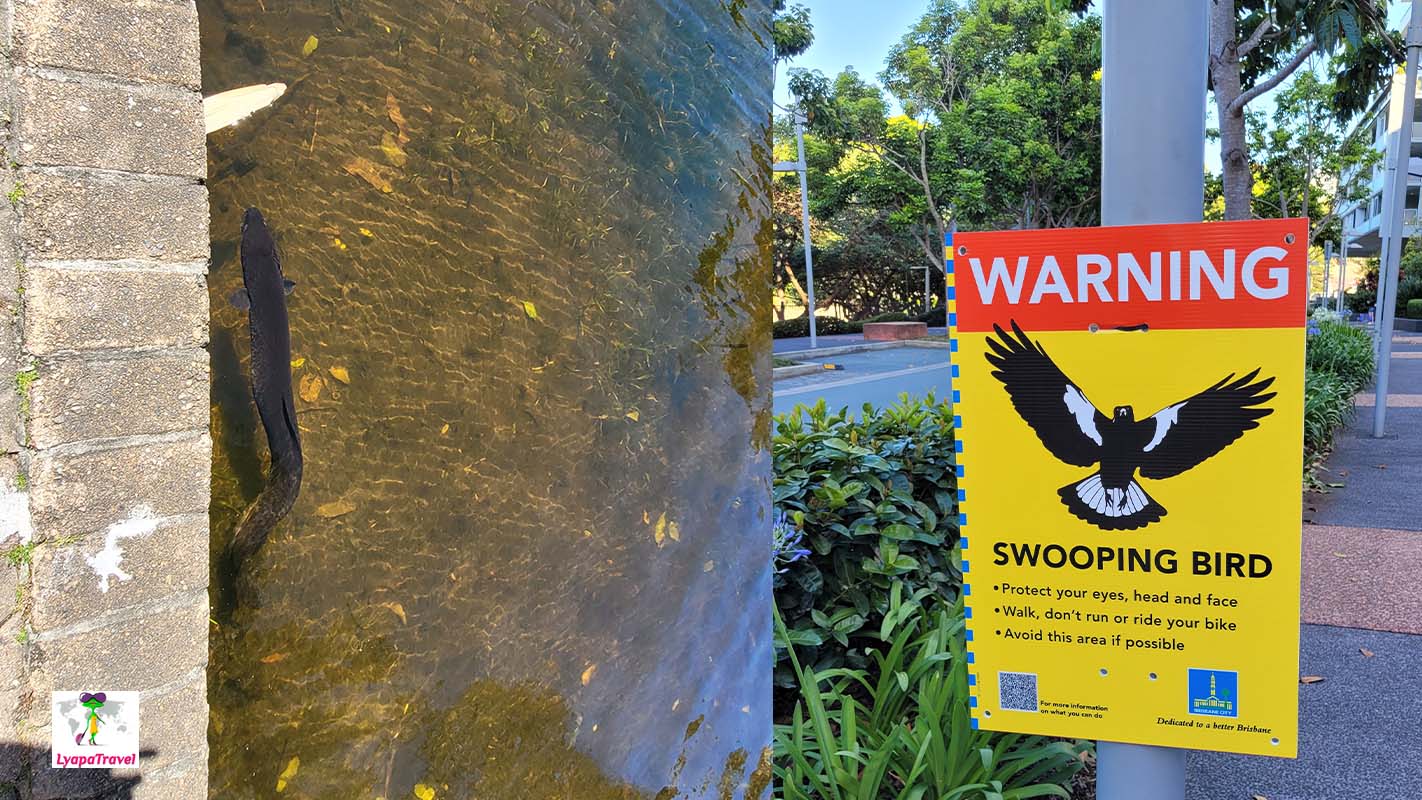

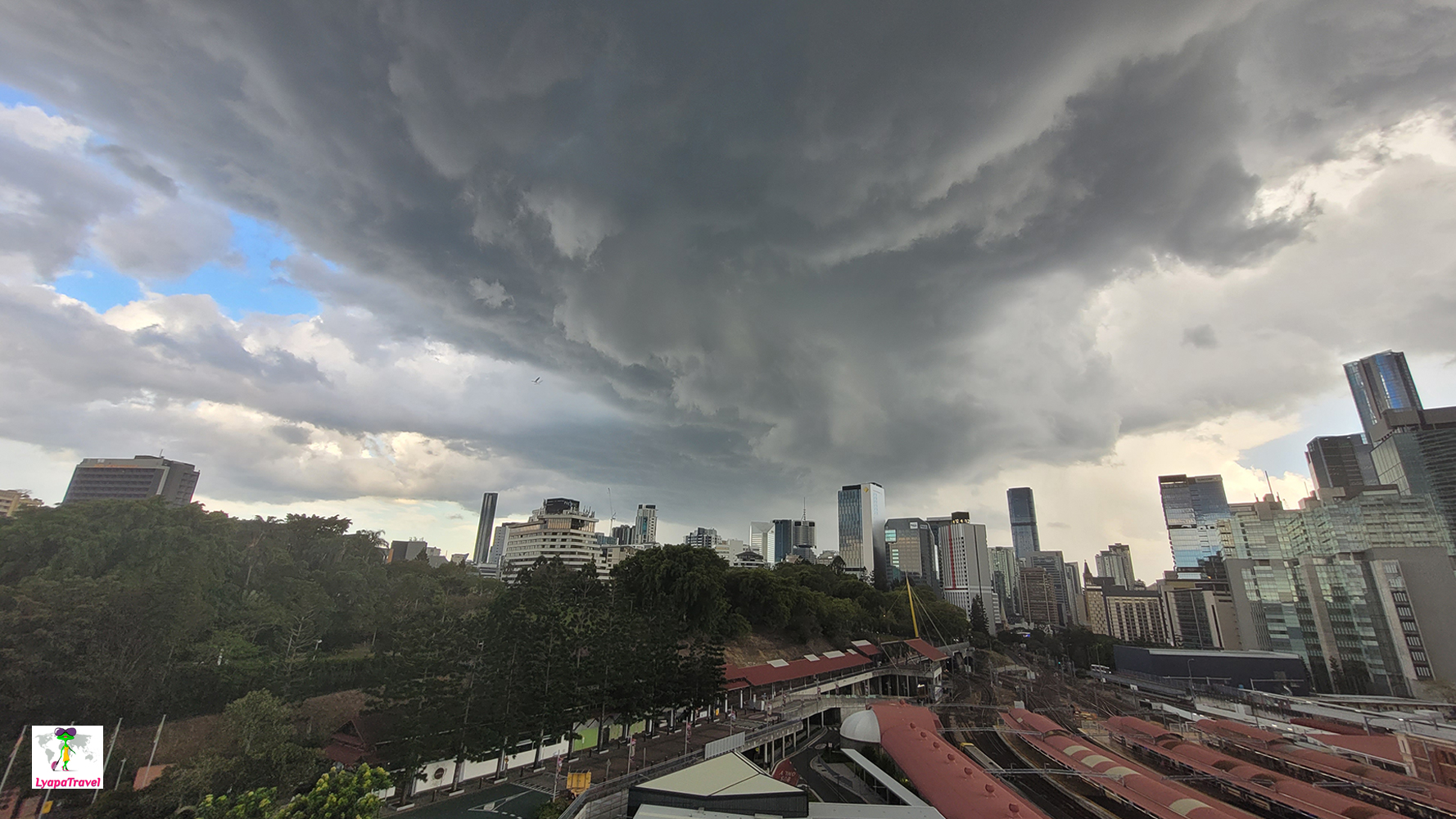
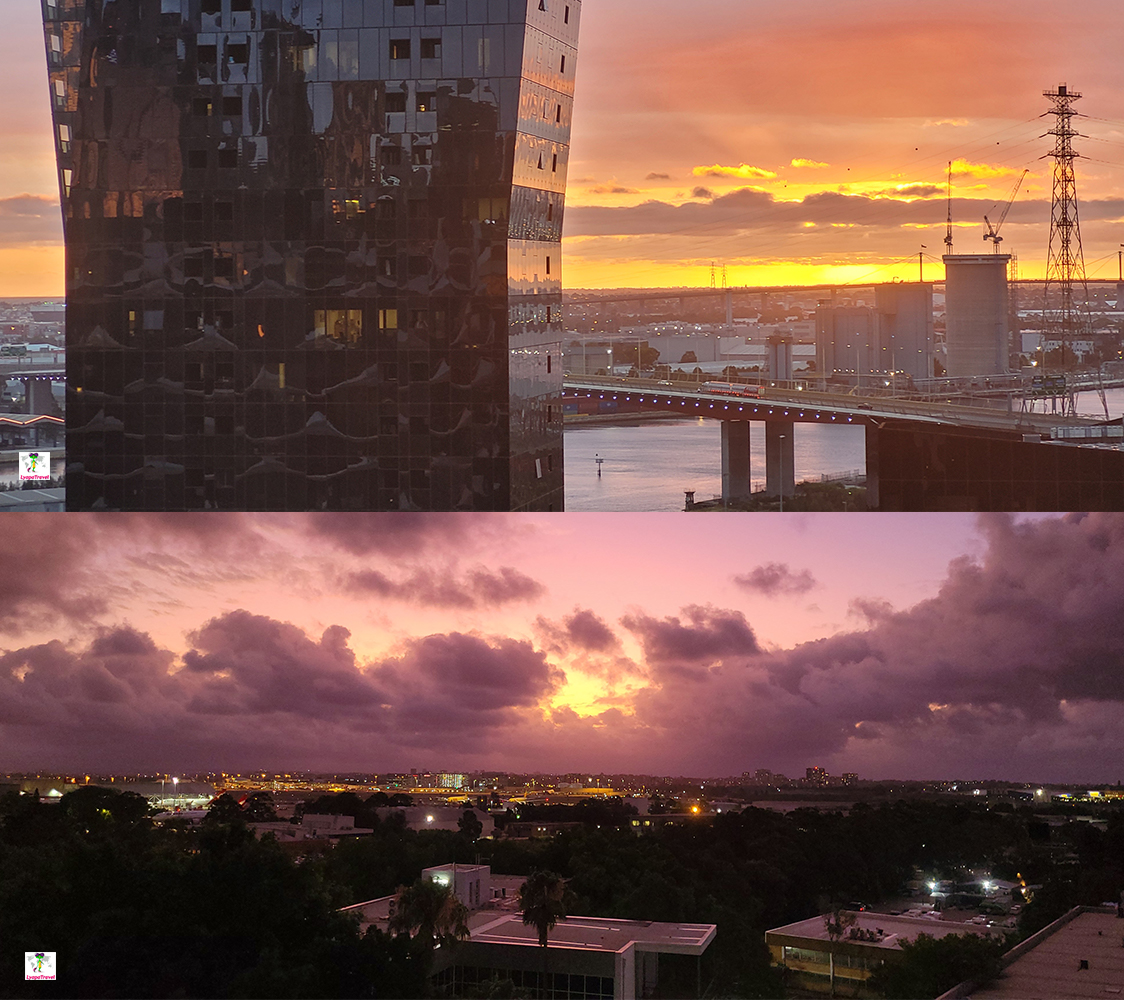
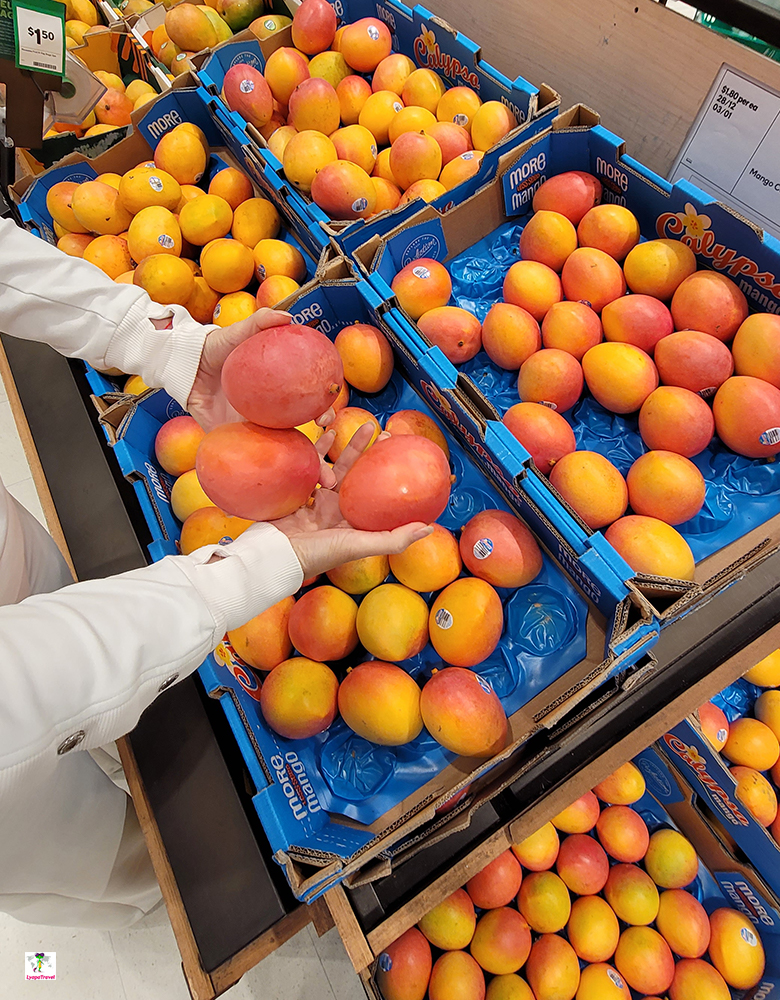
Add new comment